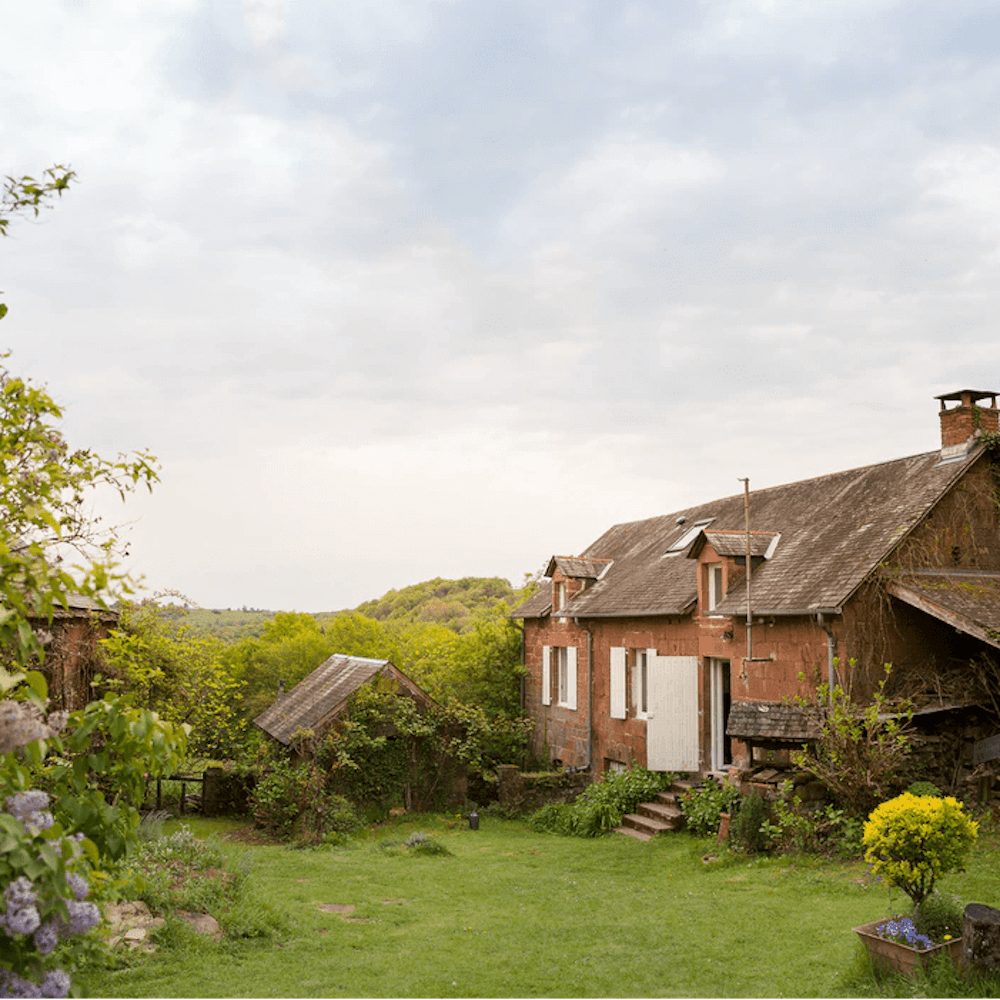By: Annalise Chapdelaine
Amid the political and social turmoil of the last decade , it is of little surprise that a movement centering around nature and off-the-grid living has emerged. About 81 percent of Americans own a smartphone, and teens spend more than seven hours a day on their phones. Corporate messages have seeped into our culture – and therefore our personal identity – by creating a burnout culture that contributes to declining mental health and our overall quality of life.
Enter cottagecore, the ironically Internet-based aesthetic that romanticizes the outdoors, farm life, rural slow living and hands-on tasks like gardening, baking, sewing and painting. At the beginning of quarantine, the aesthetic exploded in popularity. This was partially due to the perceived end of “normal life” and also because teens, seeking an outlet for their frustrations with modern society, flocked to Tiktok, where the trend has flourished.
http://vm.tiktok.com/ZMJ9PkdD8/
Cottagecore is closely aligned with this generation’s focus on sustainability. Rather than relying on consumer culture to provide necessities, it shows that it is entirely possible to practice self-sustaining skills that reduce waste and do not fund pollution-producing corporations. Thrifting, purchasing from small businesses, eco-conscious gardening methods and reduction of fossil fuel consumption all add up to lessen one’s individual impact.
Cottagecore is also just plain pretty. “Aesthetics” have existed for centuries, from Renaissance art to East Asian beauty standards to the well-known “2014 Tumblr grunge” aesthetic. While they may be popular, they can also be damaging, and cottagecore is no exception.
Critics point out that cottagecore, dominated by white creators, is simply a form of colonialism wrapped in an eco-conscious packaging. It should also be acknowledged that implementing this type of lifestyle requires a certain amount of financial stability.
Rural living in the United States comes at the expense of the Native Americans who were forcibly removed from their homeland and relocated to reservations. It deepens the urban-rural divide by categorizing countryside living as pure, restorative and morally superior to urban and suburban life. Cottagecore also stands in deep contrast to many Americans’ reality: rural living reinforced by generational poverty and a lack of socioeconomic support.
However, this does not mean cottagecore needs to be cancelled . It is important, however, to adopt several practices:
1. Acknowledge that you occupy indigenous land. Know whose land you live on and support their fight for justice through donating, supporting Native American businesses and artists, becoming politically involved and/or showing up to protests and rallies as an ally.
Enjoy what you're reading?
Signup for our newsletter
2. If the cottagecore content creators you follow are all white, change that. While much of our history depicts rural living as a white-only affair, people of color behind the scenes were (and still often are) the backbone of that lifestyle – not to mention the fact that placing white creators on a pedestal furthers harmful racial stereotypes.
3. Consider adopting practices that are proven to be beneficial to the environment. Plant native plants as much as possible, buy produce in season, subscribe to community supported agriculture programs (CSAs) and research alternatives to harmful pesticides and herbicides.
Following these practices allows for the cottagecore aesthetic to become more inclusive, more accessible, and more authentic – and ultimately perhaps a larger movement of our time.
Cover photo courtesy of Unsplash




